A Guide to Recognizing Your Dystopias
In which Norm spins up the recent releases of CIVIL WAR and BOY KILLS WORLD. Fun times!
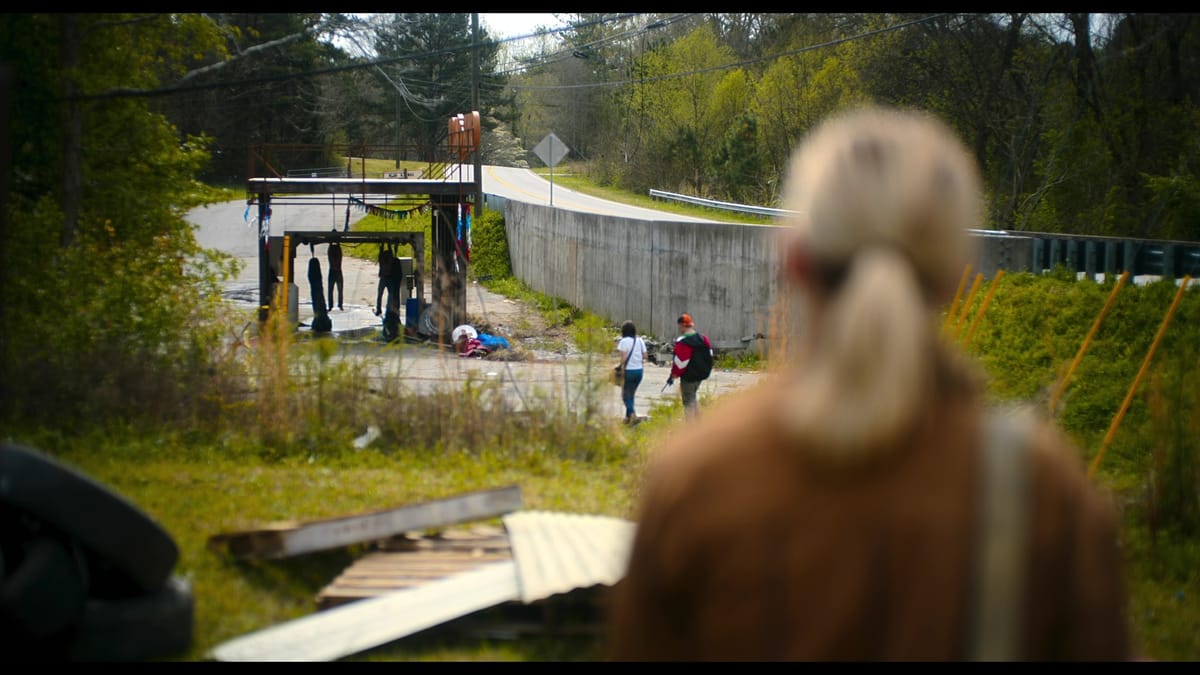
In a whole bunch of interviews, Alex Garland has said Civil War is not really about the collapse of American society. It’s a movie about war correspondents, he says, and what it takes to devote one’s life to reporting on carnage and destruction, over and over again. The specifics of the war his characters are covering is irrelevant; martial law, insurgency, militarized threats, an armed resistance making its way towards the capital would be the same anywhere in the world.
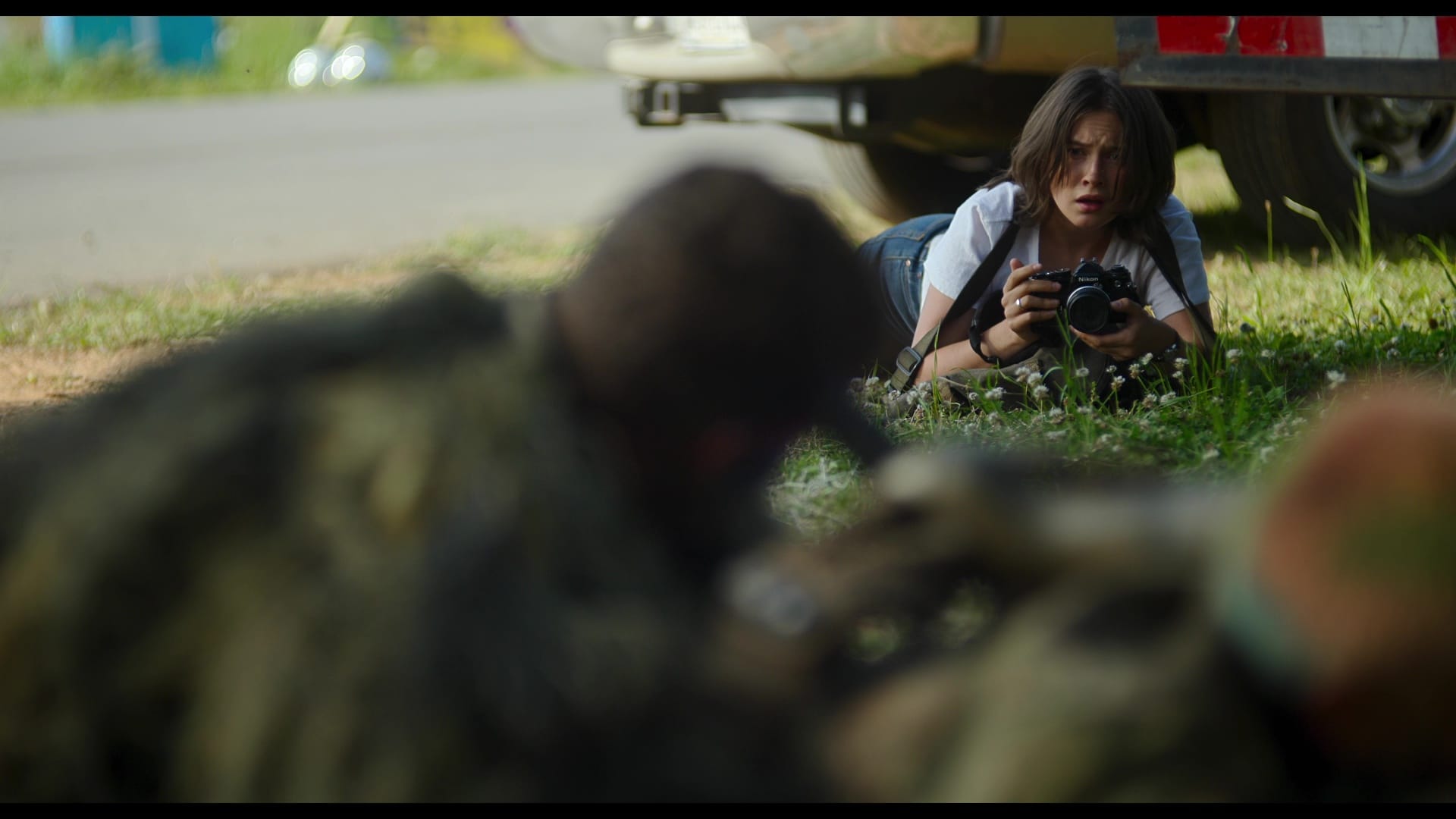
And Garland’s right. That’s the movie he made, with a representative quartet of journalists – a jaded photographer (Kirsten Dunst), a self-consciously edgy reporter (Wagner Moura), an aging veteran (Stephen McKinley Henderson) and a star-struck rookie (Cailee Spaeny) – driving from New York to D.C. to be there for the final push on Washington. It’s a road movie, deliberately episodic and consciously avoiding concrete explanations for the cause of the crisis, Children of Men-style.
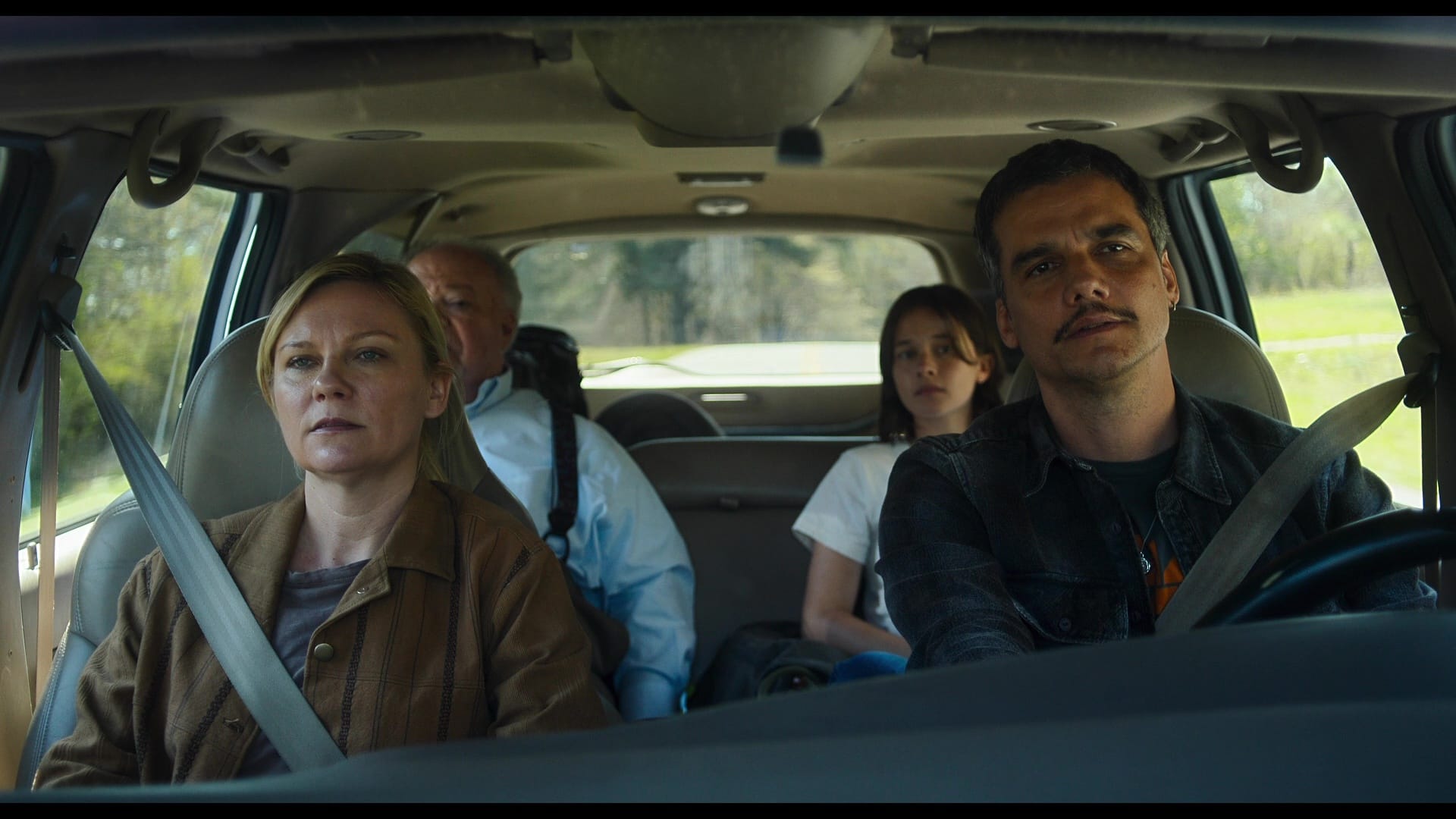
In this excellent episode of Al Horner’s Script Apart podcast, Garland explains that he didn’t want to explain too much about how America fell apart, leaving us to wonder exactly how California and Texas would find common cause as “the western forces” – or why Florida would also join in on an attempt to overthrow the government. And that makes sense, to a point; it’s not like his protagonists would be discussing any of that by the time we meet them. Garland said he left breadcrumbs, but all I caught was that Nick Offerman’s President had “dissolved the FBI” and was currently enjoying a third term in office, implying he’d suspended the Constitution, or at least the important parts. He’s a despot, like every other dictator who throws his country into turmoil for his own benefit. Isn’t that enough?
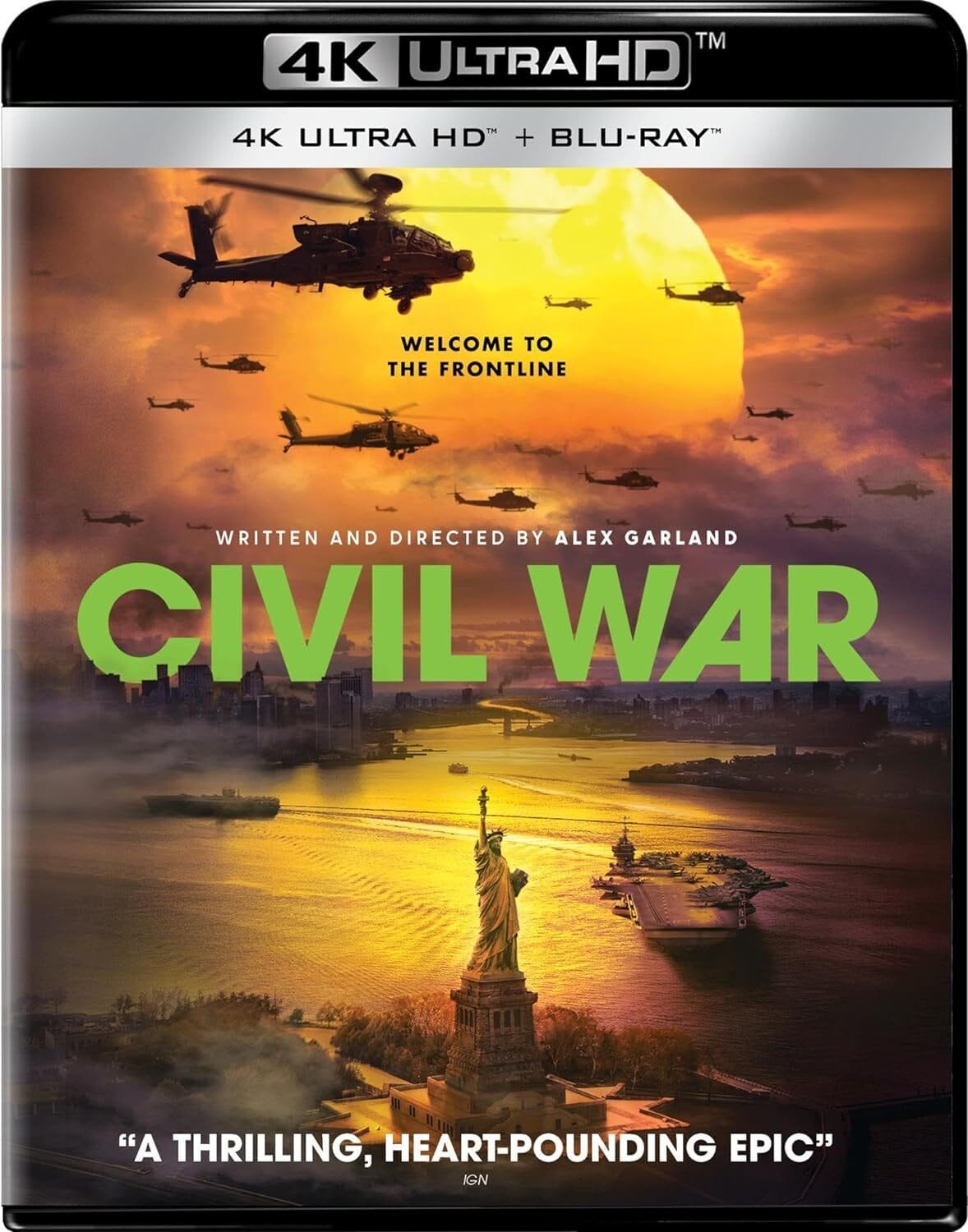
But here’s the problem: If you call your movie Civil War, and you let the marketing department run with images of helicopters doing flybys of the Statue of Liberty, that leads people to expect something that engages with the idea of America in collapse. And Garland doesn’t really want to do that; yes, he wants American audiences to imagine that they, too, could experience the horror of sectarian combat, but only in that weird “see how you like it” way that marked the ending of Ex Machina.
Garland’s always had trouble finding satisfying endings – his script for 28 Days Later … famously went into production without one – and I think that’s because he thinks all of his stories need to have some sort of ironic point. The novelty of Civil War is that the irony is baked into the concept, not the structure; as Dunst’s exhausted Lee says, pretty early on, she spent twenty years covering other country’s crises in the hopes that her reporting would show Americans how to avoid one, and none of it worked. And with that out of the way, Garland makes a pretty powerful movie.
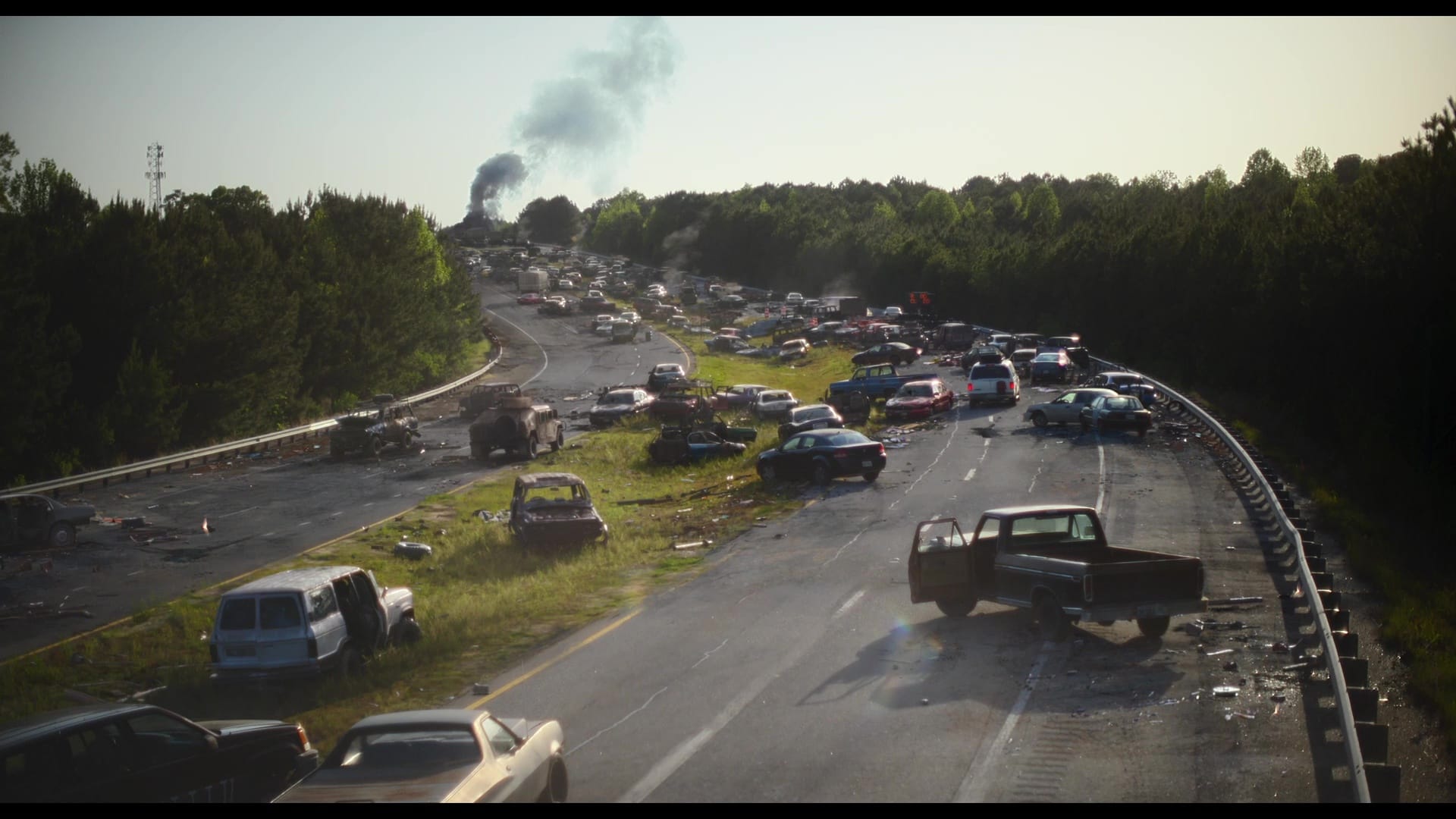
The larger pieces of Civil War may not fit together that well if you really think about them, but the smaller elements – the performances, the stakes, the not-so-veiled commentary on what sort of people look at disaster and see opportunity – are really solid. As a character study, considering the toll of war coverage from three different generations – the idealism of youth, the exhaustion of middle age and the hard-earned wisdom of the elderly – it’s clearly defined and very well thought-out. The set pieces work as their own little movies, with distinct visual signatures and editorial rhythms that set them apart from one another while still being part of a coherent whole. (Again, the influence of Children of Men is profoundly felt here.)
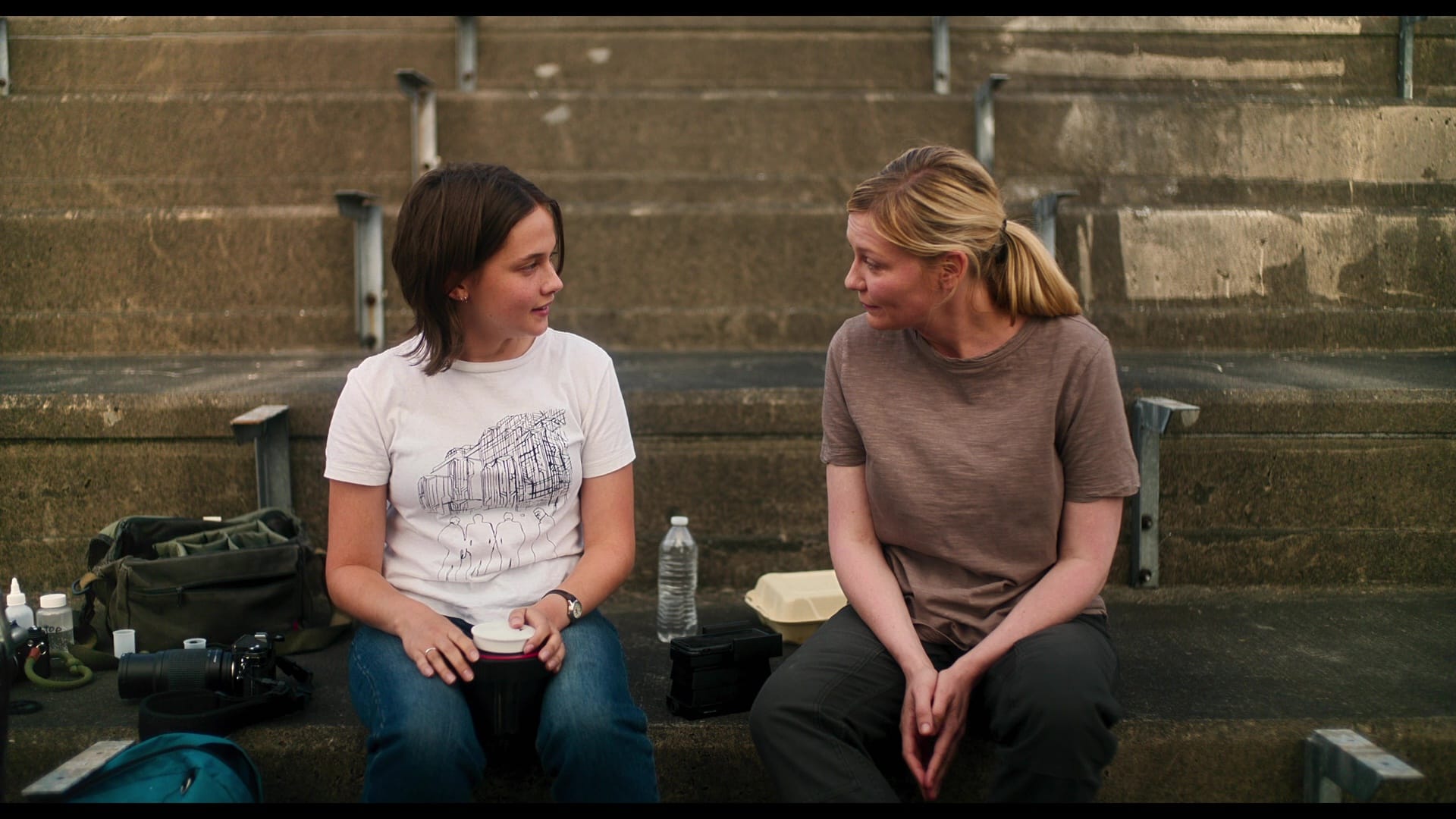
Garland’s a terrific director of actors, and he gives all four of his leads the room to fully define their characters; Dunst suggests Lee’s grudging instinct to protect Spaeny’s Jessie comes from an impulse to keep the kid from psychic harm rather than bodily harm, while Spaeny plays off that with just enough bright-eyed enthusiasm to give us a sense of who Lee would have been at Jessie’s age.

And while they barely have one arc between them, Moura and Henderson both build convincing portraits of men who’ve seen too much, and responded very differently: Henderson’s Sammy has decided to be a sage, while Moura’s Joel has chosen to embrace the chaos, dressing like an indie-rock session player and subtly daring everyone he meets to match his energy. Which isn’t always the smartest move in a war zone, of course.
And speaking of that war zone: Garland’s script may be annoyingly vague about just how long his conflict has been going on, and where, but when his heroes are moving through a depopulated landscape of abandoned cars and blown-out malls, Civil War finds the uncanniness its marketing promises. Sometimes it’s even beautiful. That’s chilling, too.
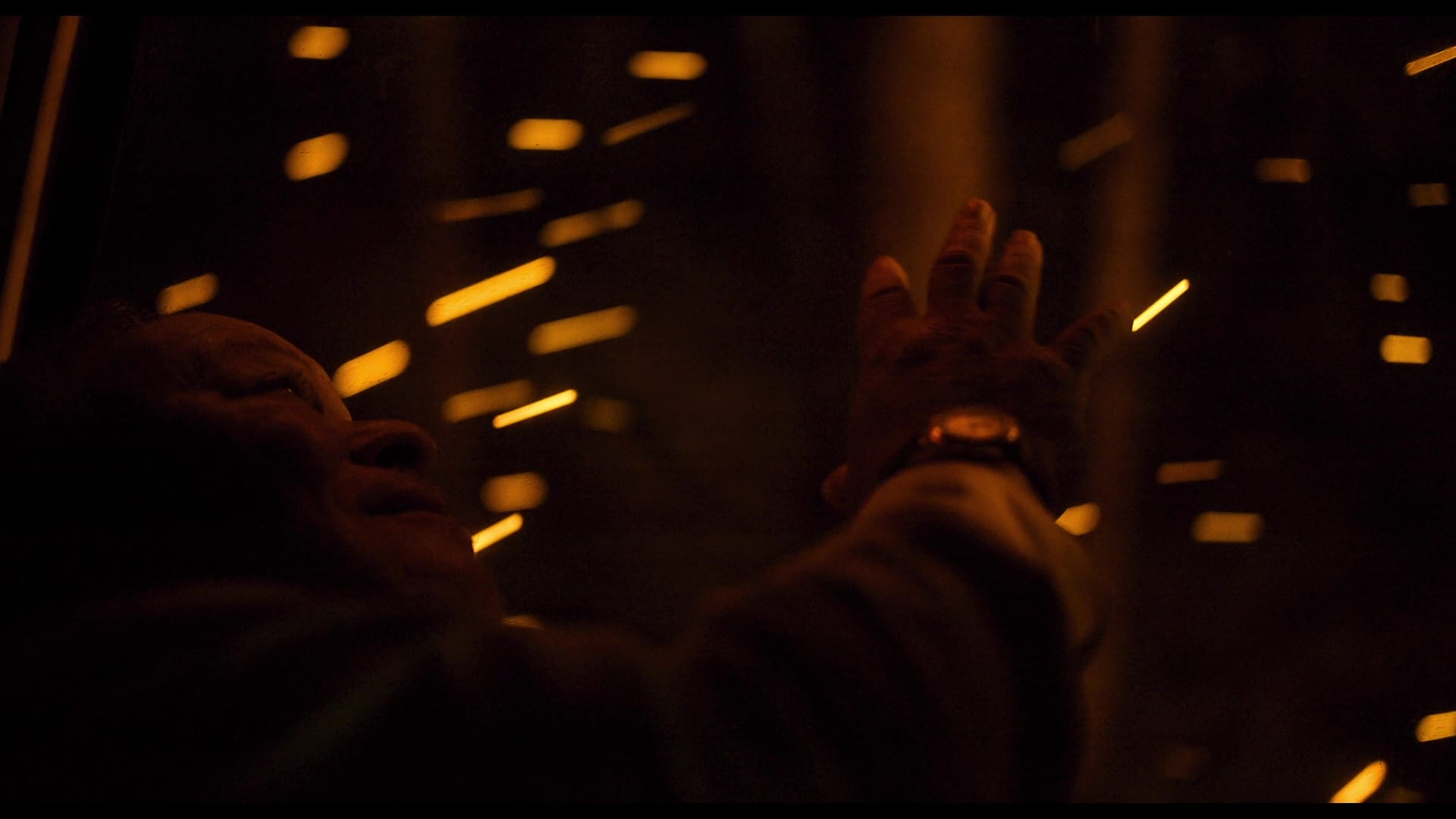
However you might feel about the film itself, Civil War is one gorgeous movie. Especially in its 4K release, there’s an eerie clarity to the image, a digital starkness that put me in mind of the deep-focus tableaux of Soderbergh’s Contagion – another film designed with an immersive IMAX experience in mind, come to think of it. With HDR adding additional depth to the orange and yellow tones in Rob Hardy’s palette, and that much more kick to the black-and-white stills snapped by Lee and Jessie, it’s a powerhouse presentation supported by a precise and frequently jarring Dolby Atmos soundtrack.
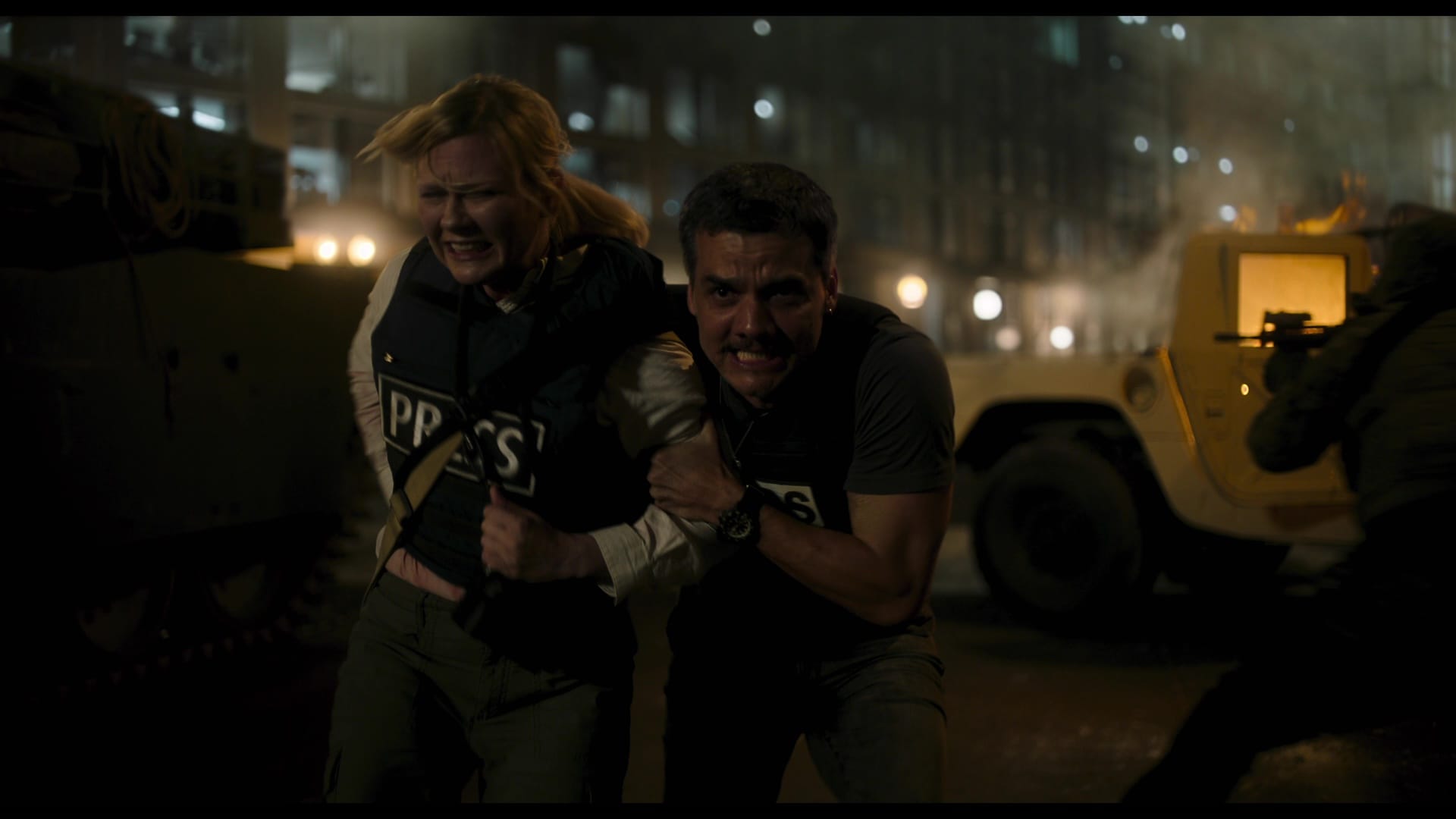
Garland didn’t record an audio commentary, but he makes his intentions clear in “Torn Asunder: Waging Alex Garland’s Civil War”, a six-part hour-long documentary that tracks the filmmaker and his cast and crew through the long shoot, which was filmed in sequence – although the whole thing was shot in Atlanta, rather than on location. The segments break the film down to each stop on the journey, highlighting each of the four leads as appropriate.
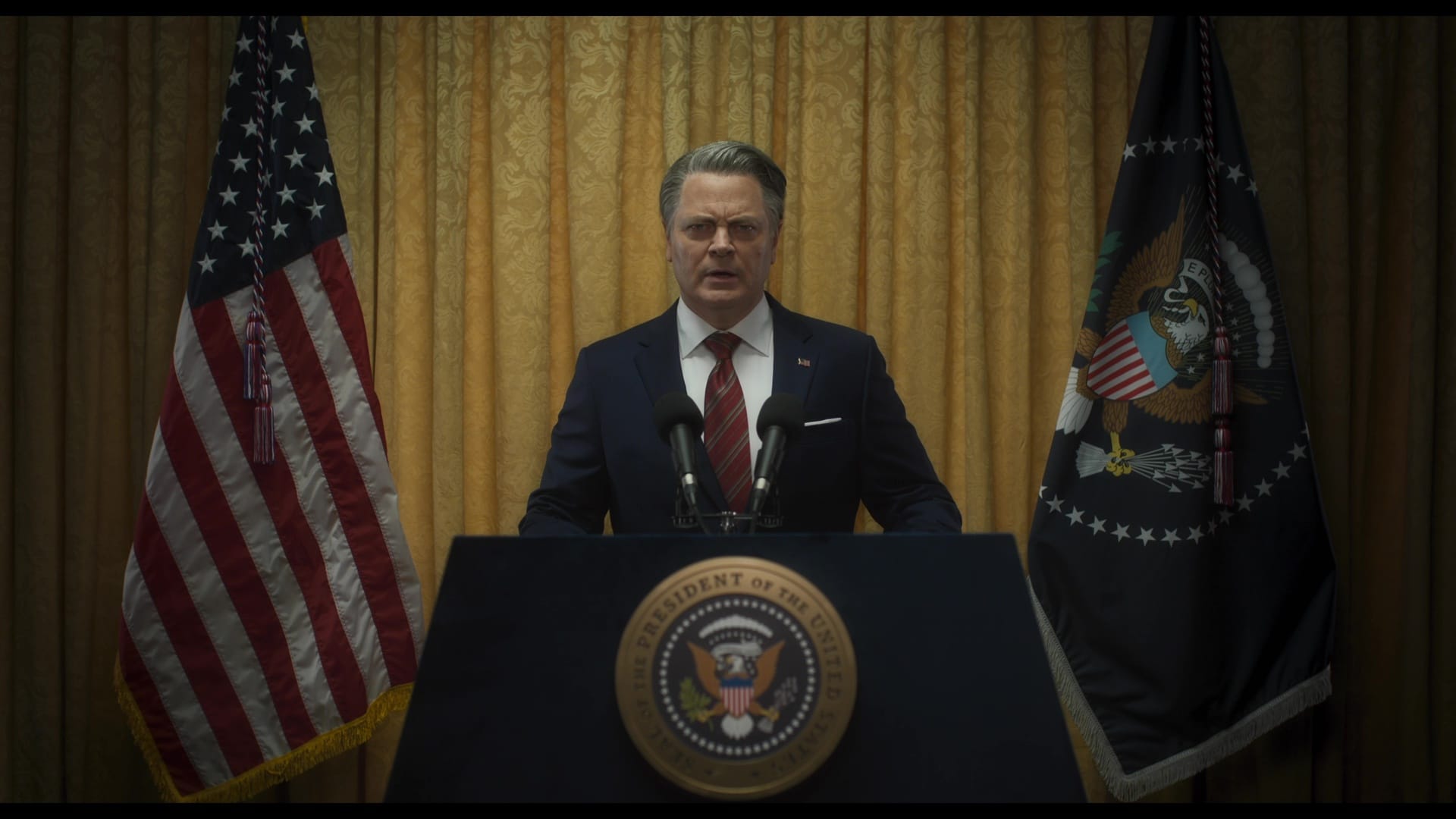
The one thing that’s missing is any insight into Nick Offerman’s never-named POTUS, whose sour patriotic speeches are deliberately as generic as they come; the character is clearly modeled on Trump’s preening self-image, but Offerman gives him an unsettling stillness Trump himself could never off; he’s a salesman, not a true believer. And still, casting Offerman feels like another way for the movie to shrug off any real-world commentary or responsibility: It’s Nick Offerman, famous liberal sweetheart who only pretends to be a conservative asshole! Jeez, we’re just kidding around, right?
That said, if you’re worrying I’ve overthought Civil War’s whole deal, there’s always Boy Kills World, which never once worries its little head about coherent politics or real-world resonance. This one is all about the mayhem. And that’s fine!
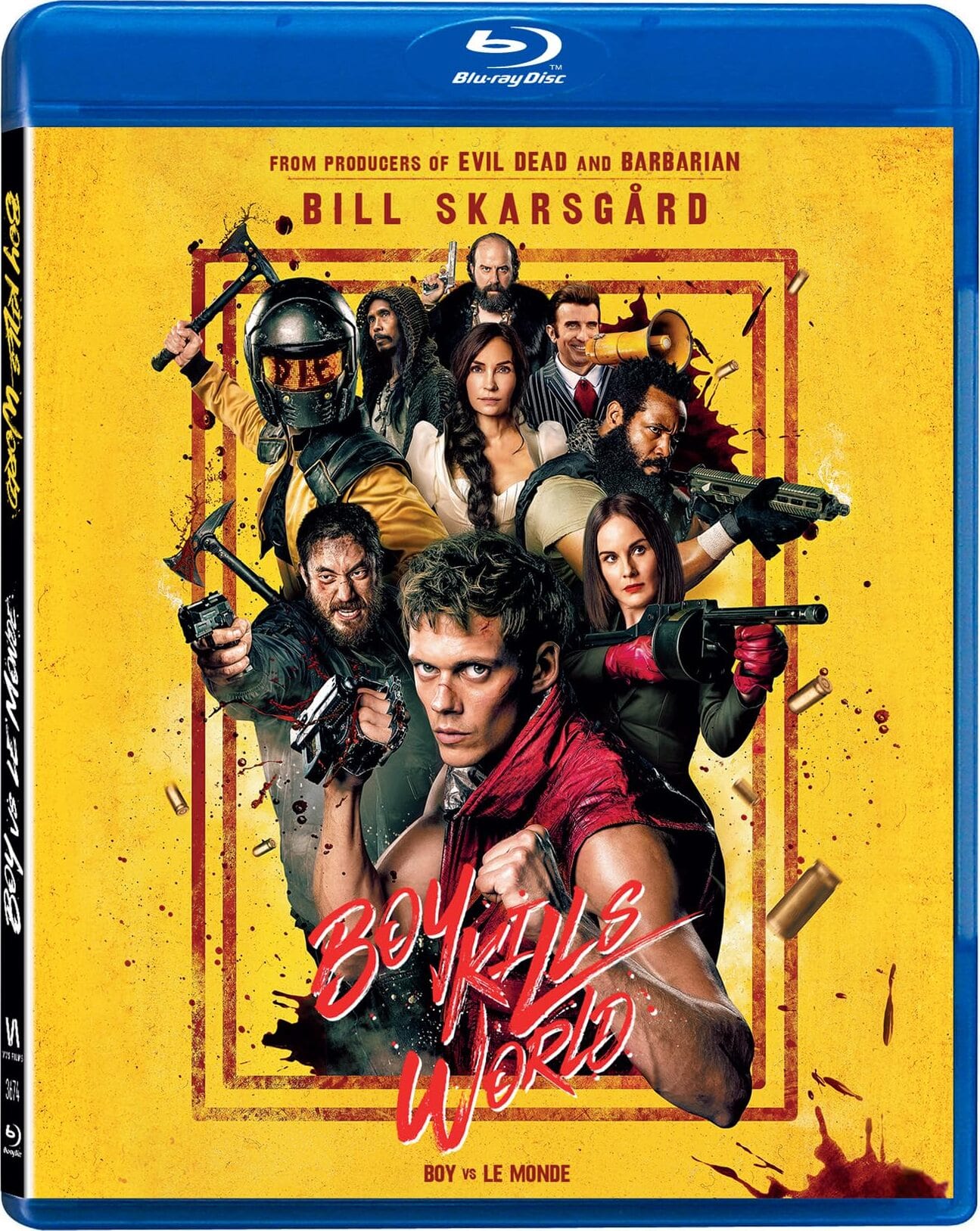
Moritz Mohr’s hyperactive action-splatter comedy – which premiered in TIFF Midnight Madness program last year – is a great big messy silly revenge picture set in a quietly fascist world ruled by the iron-fisted, paranoid Hilda Van Der Koy (Famke Janssen) and her debauched, paranoid offspring Melanie (Michelle Dockery) and Gideon (Brett Gelman).
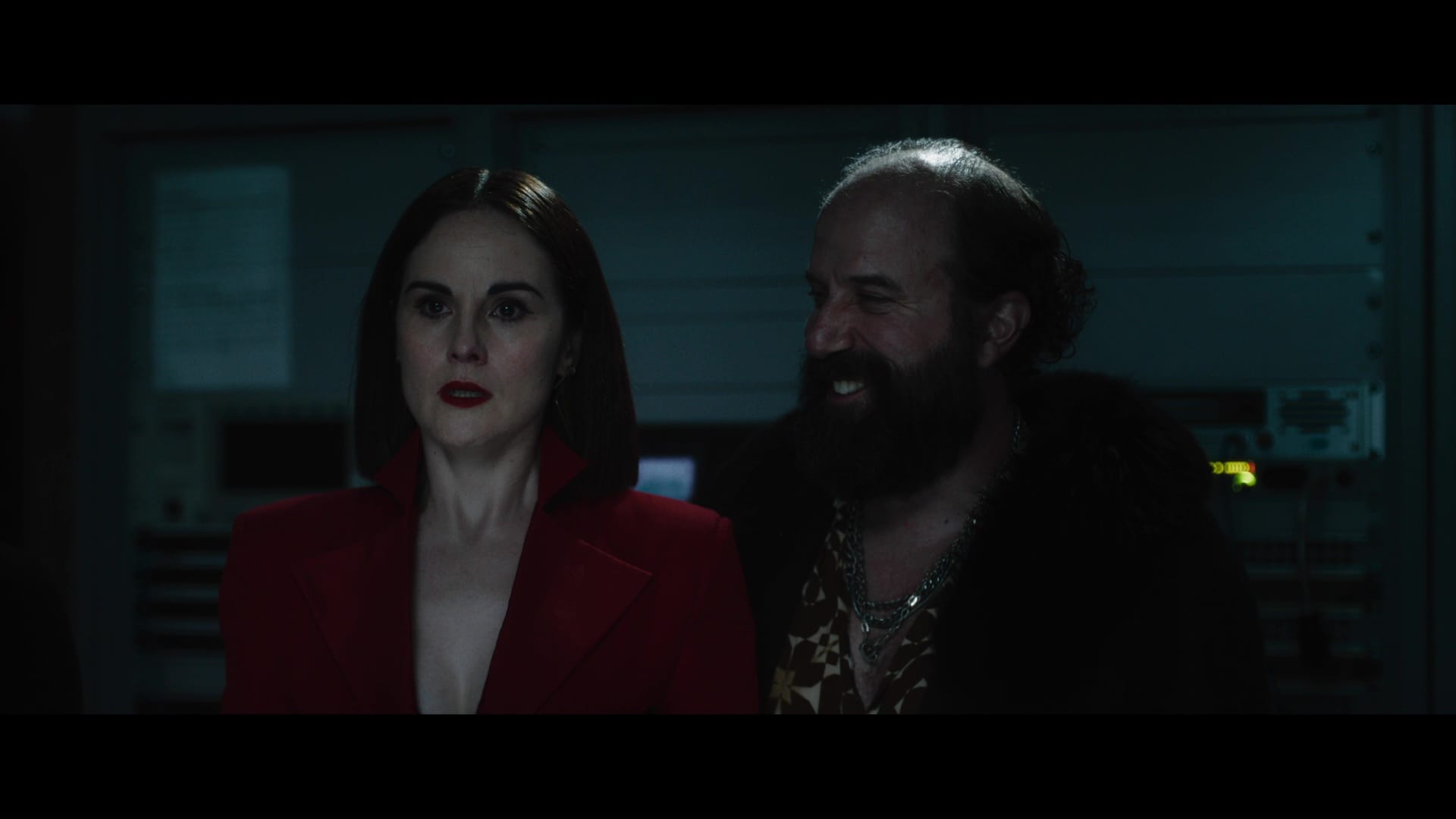
For decades, the Van Der Koys have terrorized the people of their unnamed nation-state with both military might and ultraviolent operatives like the motorcycle-riding June27 (Jessica Rothe) – but their uppance is coming. Oh, how it’s coming.
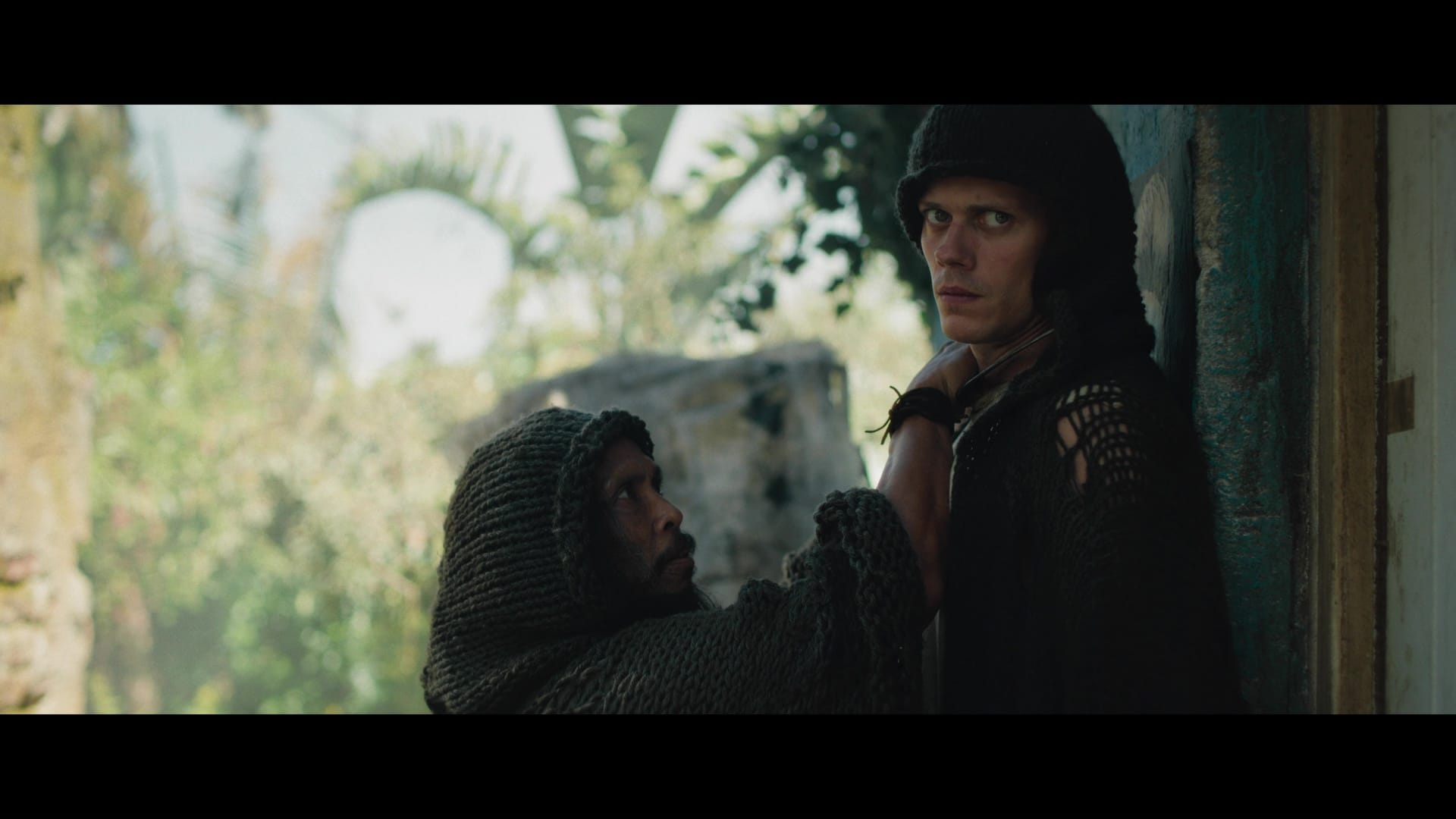
Let me introduce you to Boy (Bill Skarsgård), a deaf-mute warrior raised since childhood by a martial-arts master known only as the Shaman (Yayan Ruhian) to be the ultimate instrument of vengeance. Boy knows nothing but combat, having honed over the years to be little more than a fearsome living weapon – as he explains in his inner monologue, in the voice of his favorite videogame announcer.
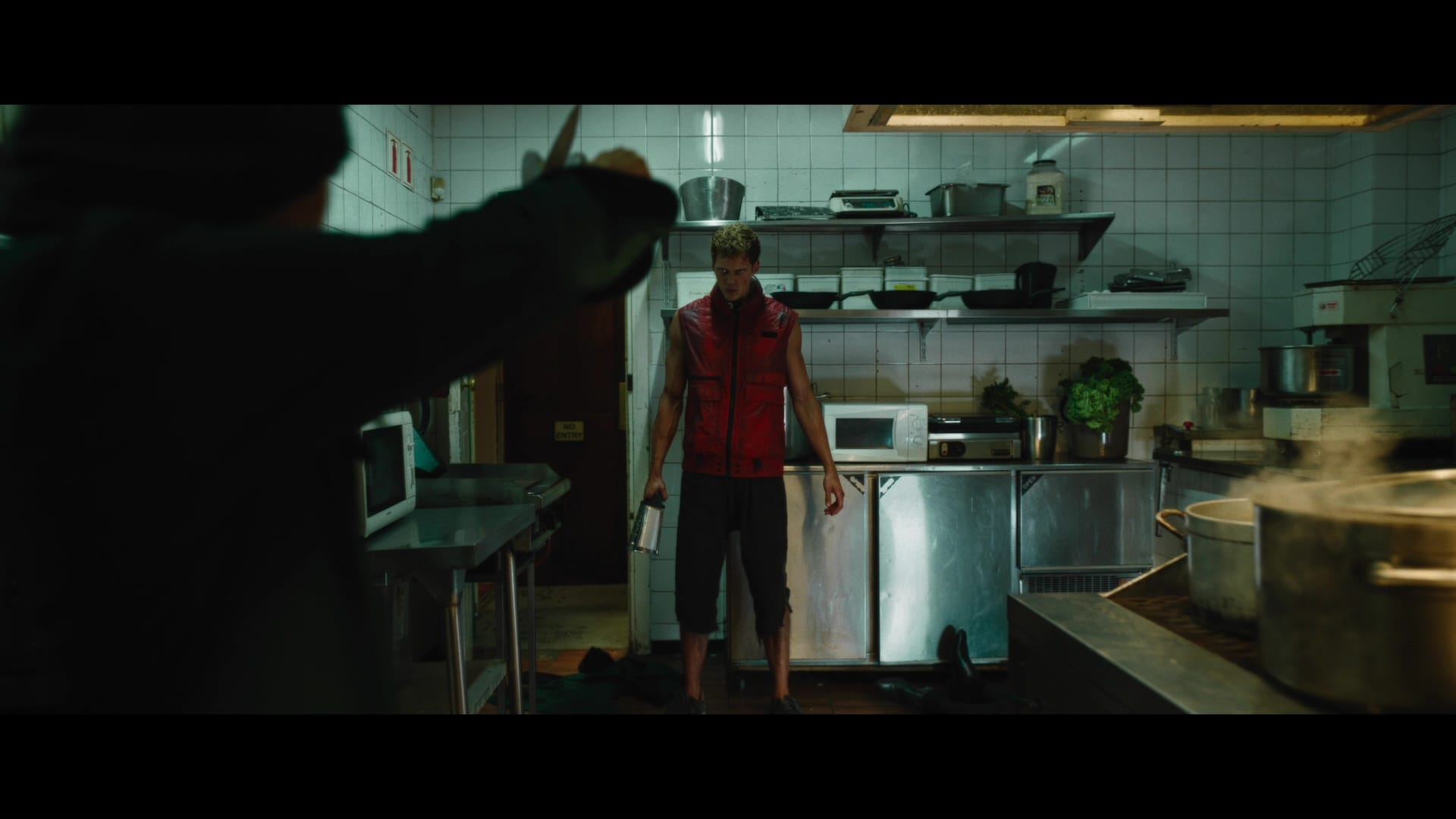
That voice is provided by H. Jon Benjamin, of Bob’s Burgers and Archer, and Benjamin’s basso deadpan is the key to making Boy Kills World work; Benjamin gives Boy’s single-mindedness an almost innocent quality, excitedly telling us how he’s going to rip people’s faces off or strangle them with their own entrails like a kid recounting a horror movie he knows he wasn’t supposed to have seen. The TIFF screenings had Skarsgård delivering Boy’s voiceover; no disrespect intended, but replacing him with Benjamin much better suits Mohr’s absurdist execution of Boy’s, um, executions; it’s a gift that never stops giving.
His voice might have been discarded, but physically Skarsgård is everything Boy should be; his slightly exaggerated facial expressions are perfect for an overgrown kid, especially when he communicates with a vision of his long-lost kid sister (Quinn Copeland), and though he doesn’t technically speak to anyone Skarsgård finds a coherent language of vocalizations that make it clear Boy is processing everything around him. Although it turns out Boy can’t read lips as well as he thinks he can, which complicates the second act in fun and interesting ways.
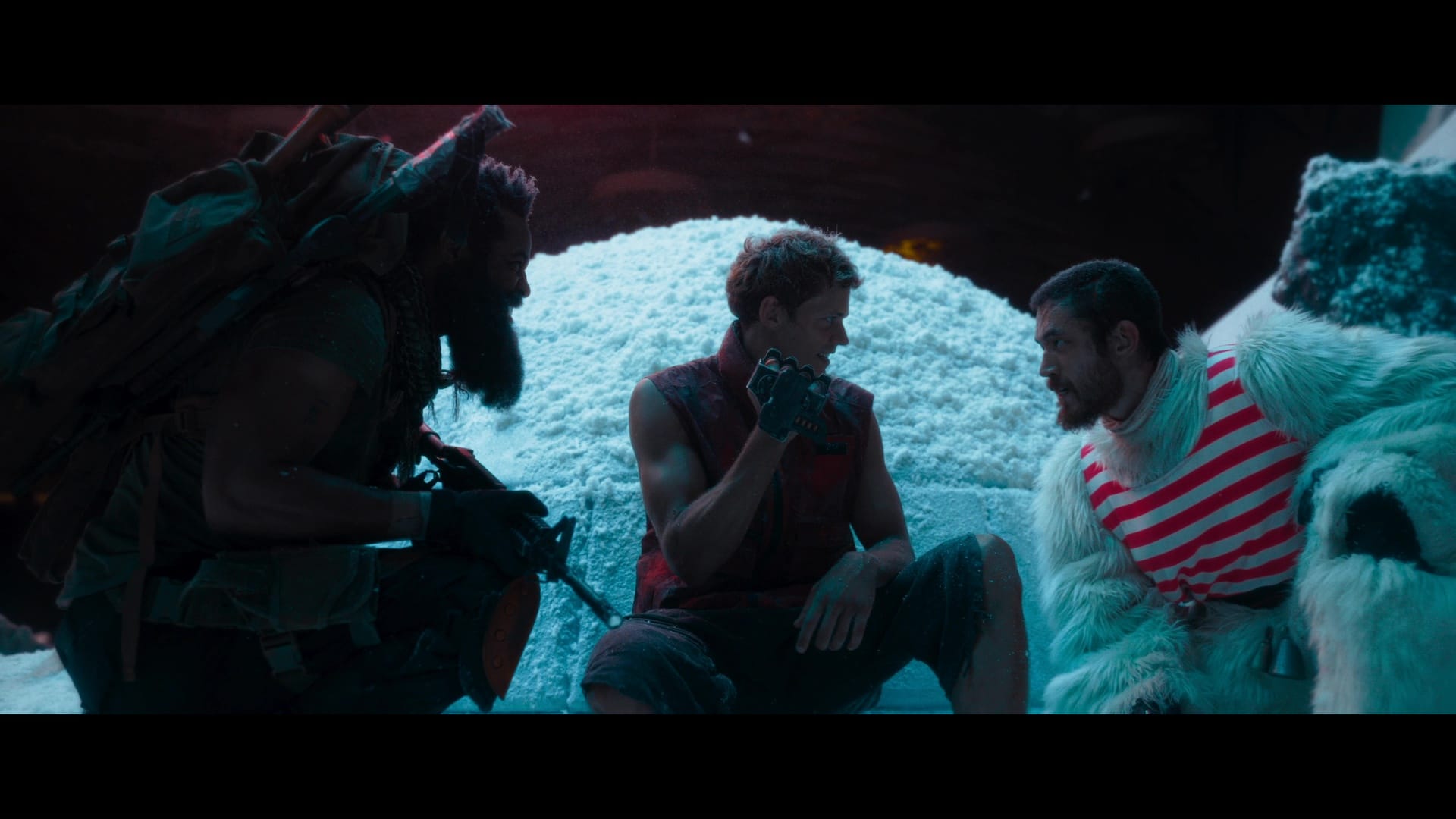
Mohr and his co-writers delight in finding new goons for Boy to beat up as he works his way through the Van Der Koy siblings – starting with Sharlto Copley as Melanie’s idiot husband – and fun backdrops against which to set said beatings. I was surprised to see Rothe turn up as the testy, murder-happy June27, but she’s as much of a ringer here as she was in the Happy Death Day movies, making the character feel less like an action figure and more human … which also helps to set up the climactic curveball that arrives when Boy finally comes face-to-face with Hilda.
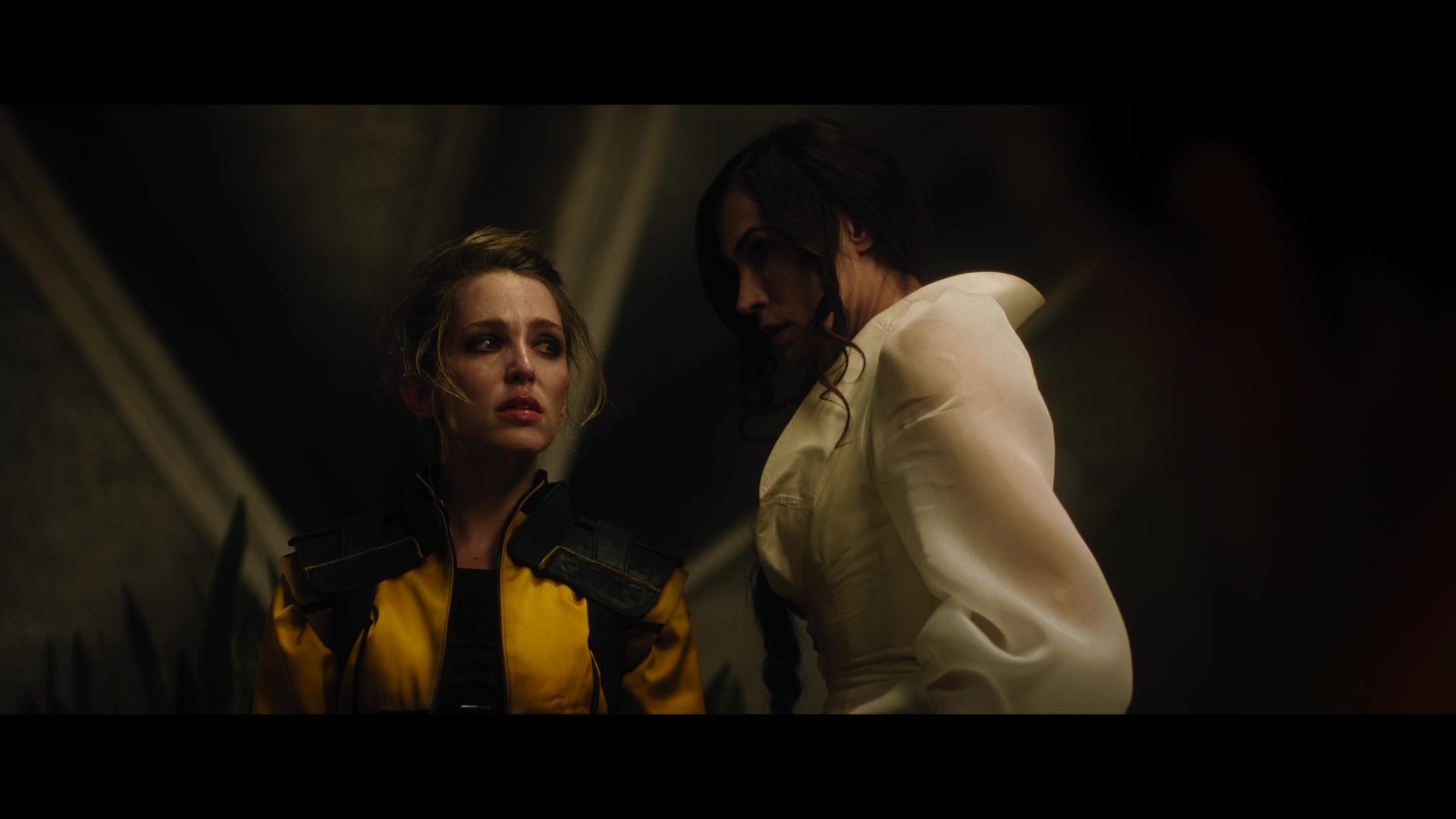
There’s a version of Boy Kills World that’s less fantastical and takes its violence and trauma more seriously; that version is not anything I want to see. Mohr’s film is a silly, cartoonish action comedy that would be horrified at the thought of any real-world resonance; the only reason I’m discussing it in the same breath as Civil War is that the discs showed up within a few hours of each other.
But there’s something pure about being so deliberately irreverent, and the very last frames of the film sum it up perfectly: No one looks for a message in a box of Chocolate Frosted Sugar Bombs; they just want a toy.
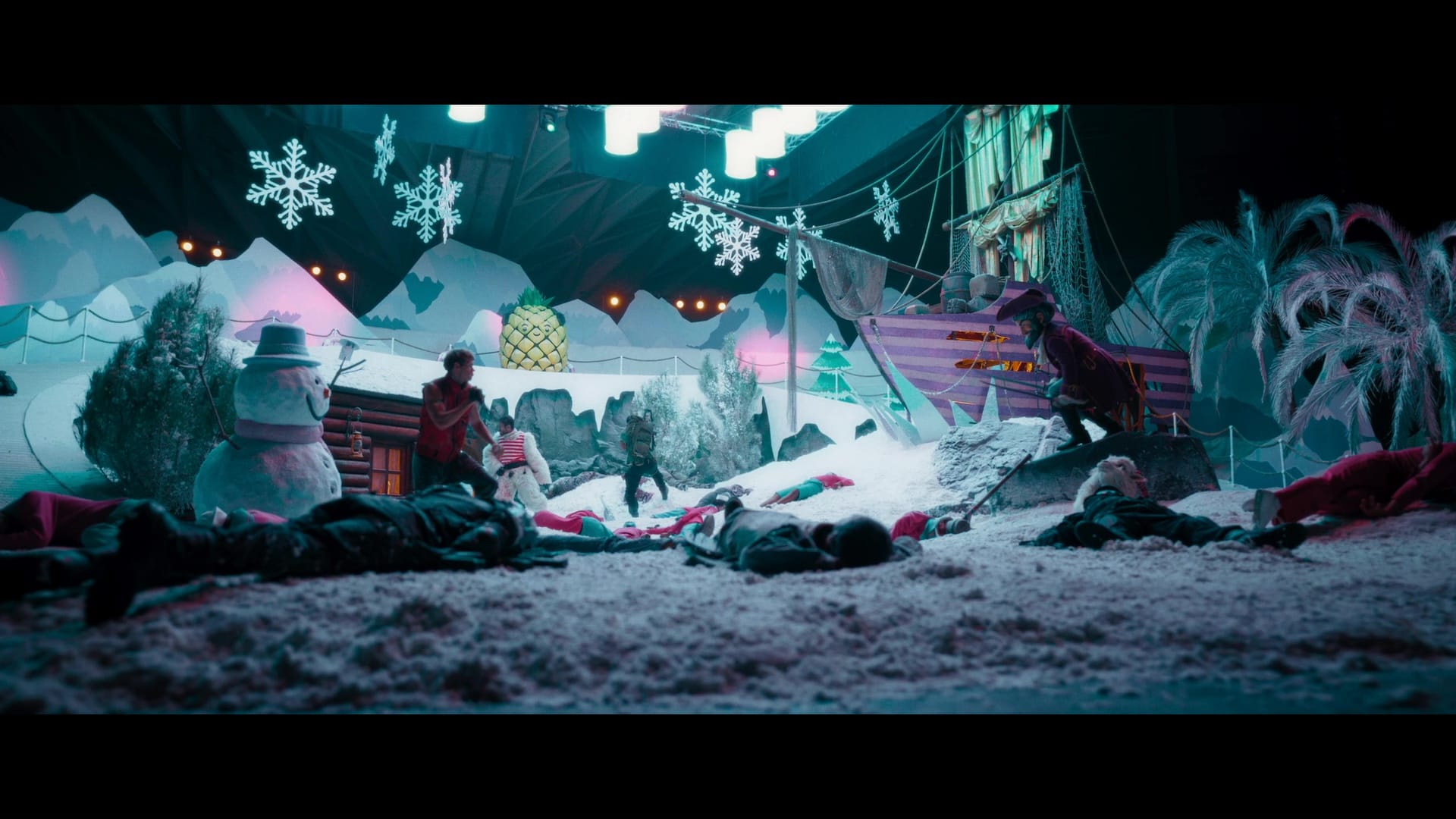
VVS’ Blu-ray features a vivid 1080p transfer and a downright hectic Dolby Atmos audio. It doesn’t have much in the way of supplements – a handful of very brief EPK-style popouts, none of them longer than a minute – but everyone seems to be having a good time pretending to murder each other. No footage of H. Jon in the booth, sadly; maybe he turns up in “Total Bedlam, The Making of Boy Kills World”, a longer making-of that appears to be exclusive to Lionsgate’s US release. And if he doesn't, well. Talk about a missed opportunity.
Civil War is available on 4K and Blu-ray from Elevation Pictures in Canada and Lionsgate in the US. Boy Kills World is available on Blu-ray in Canada from VVS Films and Lionsgate in the US, which has also released a 4K edition that probably looks very good.
Coming up for paid subscribers: Arrow spiffs up Guy Ritchie’s The Man from U.N.C.L.E. and a new Rocky set pulls me back in the ring. If you’ve been meaning to upgrade, you should do that!
